But first, you need to determine what is causing the ponding to occur in the first place. Identifying the root cause of the problem will help guide your repair strategy.
Determine Root Cause
Some puddles can be minor (relatively small and shallow) or major (large and deep).You will want to have major ponding issues repaired quickly and professionally because they can wear your roof membrane much faster due to seasonal freeze thaw cycles. More importantly, the water intensifies the UV radiation which translates into additional wear on your membrane.
Then we recommend four basic methods to fixing ponding water. The preferred method will depend on the root cause of the ponding, the slope of your roof, plumbing proximity, and in two instances, the interior of your building.
1. Clear Drains and Gutters
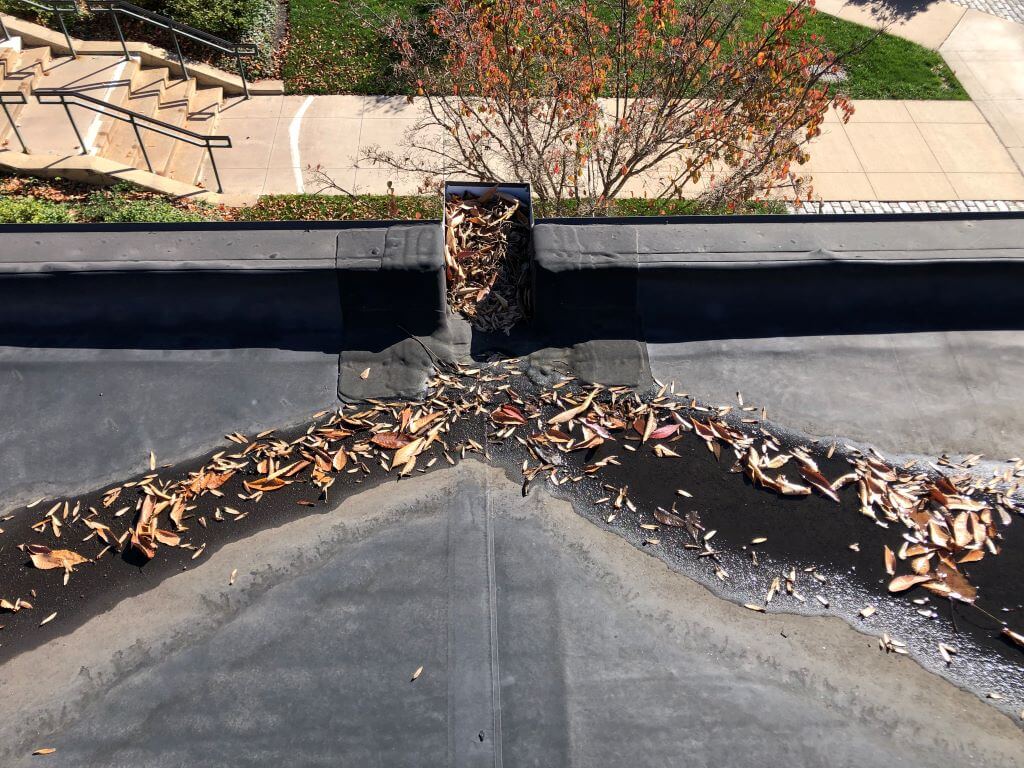
Ponding is often exacerbated by clogged drains and gutters. Clear any debris or obstructions to ensure proper water flow. This step alone can sometimes significantly alleviate ponding issues.
2. Add a Drain
This can be an effective solution for roofs with some slope. Its feasibility depends on your building interior and plumbing proximity.
If the interior of your building permits it, consider adding a drain in the center of the puddle. This is usually the best course of action if your roof is too flat to enable water being directed to drains and gutters.

How do you know if your building can sustain a new drain? The answer to that question has to do with plumbing. If the building is a wide-open warehouse and the new drain is reasonably close to existing plumbing, you might have the option to create an easy tie-in to the existing plumbing. If your building is completely finished and the plumbing is impossible to access without demolition, then this might not be the best solution and you should keep reading.
3. Raise the Roof Level
This next method utilizes the roof’s existing slope, drains, and scuppers to direct water away from the rooftop. You must have some slope on your roof for this method to work.
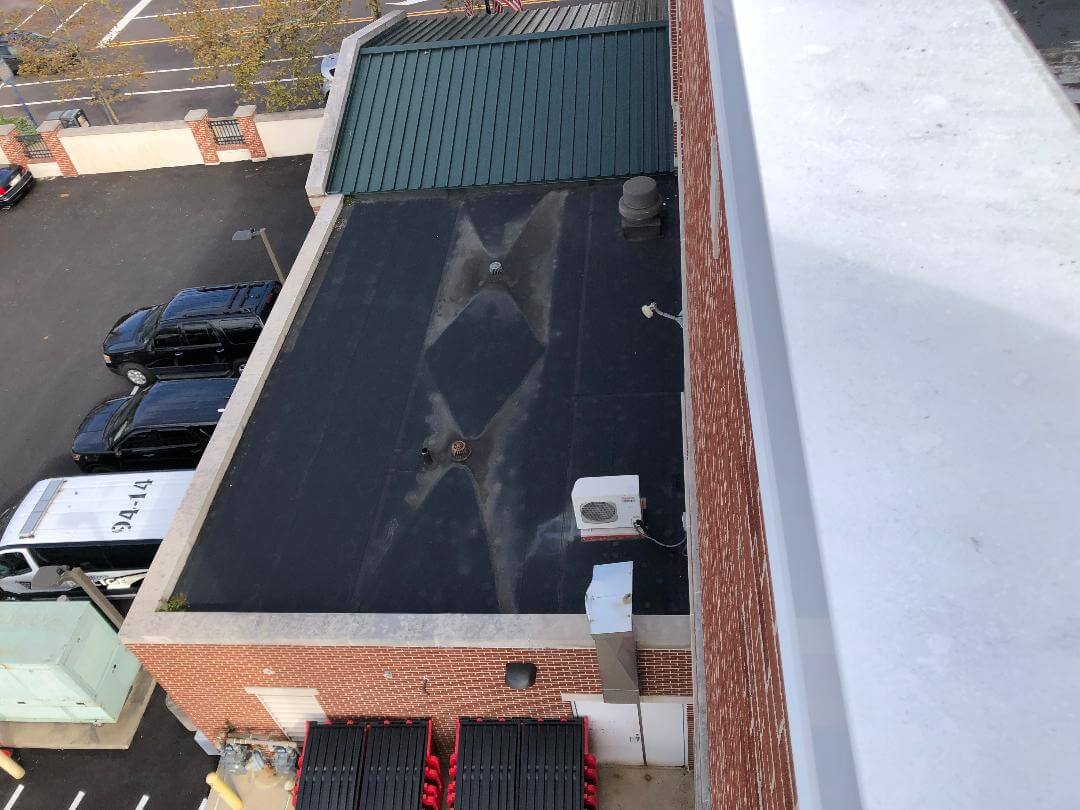
Generally the best way to redirect the water is to build a cricket. A cricket is a diamond or triangle-shaped elevation in the roof that redirects water towards a drain. A cricket works with the existing slope of the roof so that as the water runs down in a straight line, it hits the cricket, and is redirected laterally towards a drain or scupper.
If your roof is dead flat and you have areas of ponding, raising puddles up generally won’t help. All it will do is move the water from one spot to the next lowest one. Because the roof has no slope, the water cannot be directed toward a drain or scupper. Raising the level of the ponding area will accomplish nothing.
4. Lower the Roof Level
This method is best for buildings with restricted plumbing options. Costs and structural considerations need evaluation.
If the interior of the building is too closed off to run new plumbing, then lowering the roof from up top can be a solution. One way to do this is to build a sump around an existing drain.
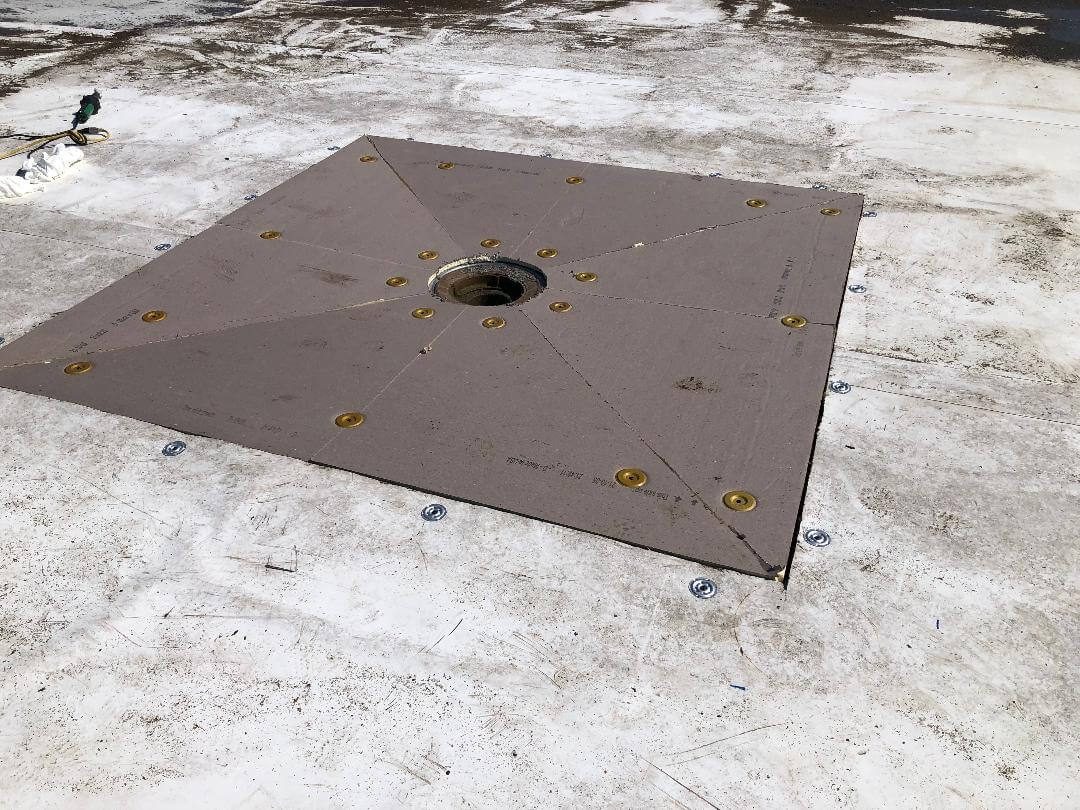

Another option is to build channels in the roof to direct the water to a drain or a scupper box. If the roof is built up with a good amount of insulation, you may be able to cut a narrow channel into that and direct the water from the puddle to a drain or scupper.
Conclusion
Identifying the best solution to your ponding problem is a matter of evaluating the specific circumstances around your rooftop and the relative feasibility and cost of each option. If the roof is quite aged already, perhaps the best option is to not bother with any of the above and, instead, put your repair money towards a roof replacement. Working with an experienced roofing professional you trust, you should be able to address any ponding issues.

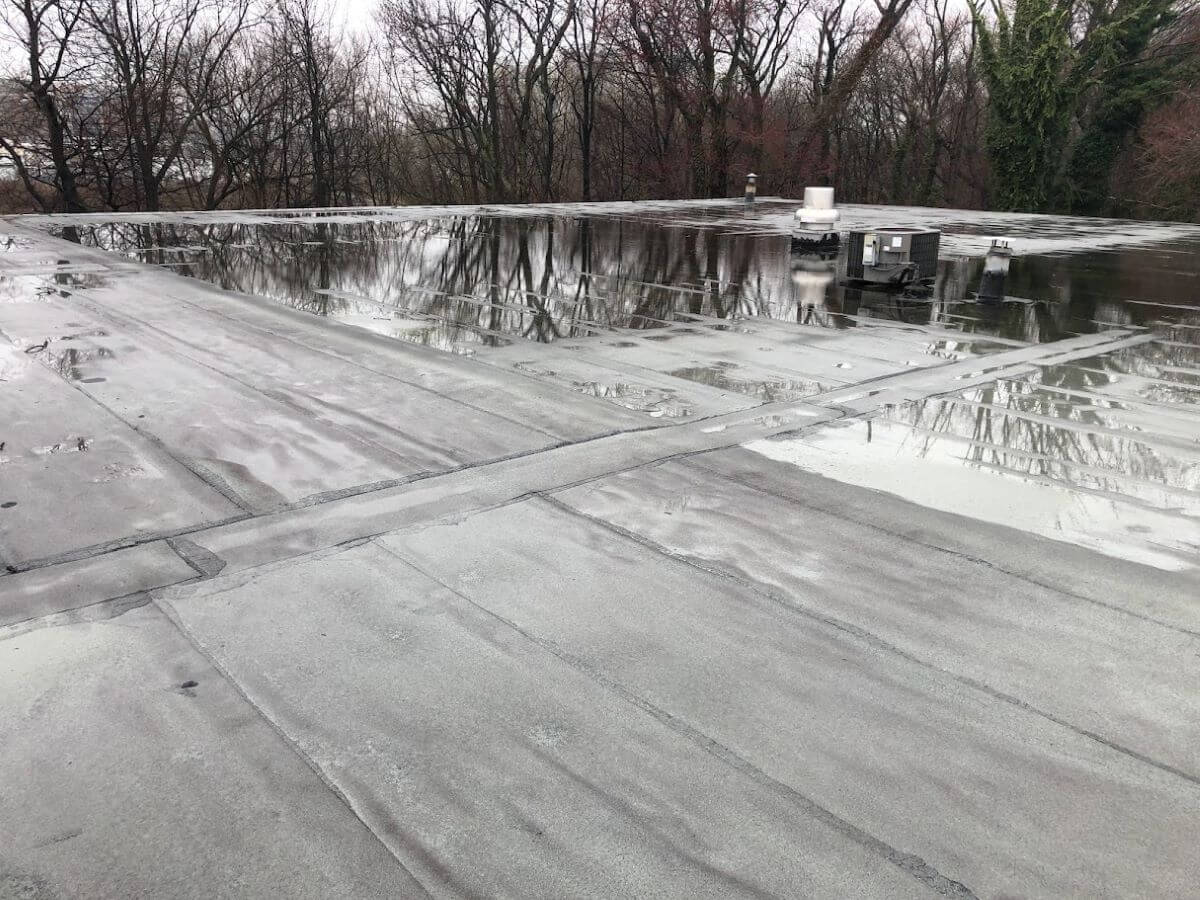
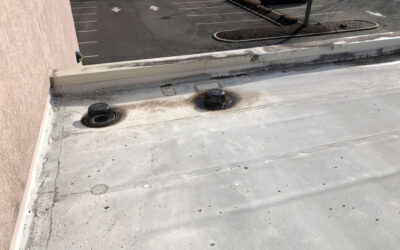

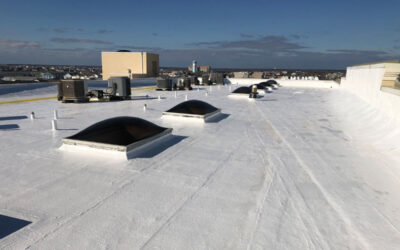






Add your first comment to this post